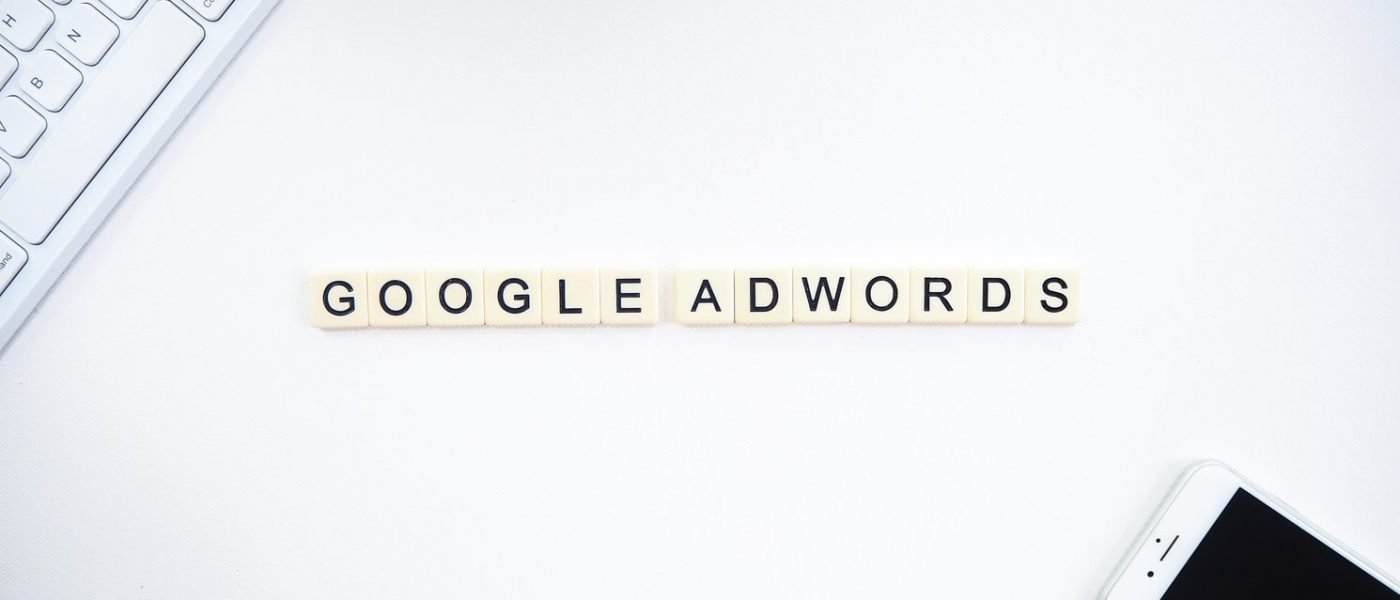Pay-per-click (PPC) is a powerful form of online advertising where advertisers pay to have their offering shown to people on the web. When someone clicks on an ad, the advertiser is charged a cost, hence the name ‘pay-per-click’.
PPC advertising, when done well, can be an extremely worthwhile arm in your digital marketing plan.
Imagine a billboard by a busy intersection. What if the company that put up the billboard could take note of how many people noticed it? What if they knew who it struck a chord with? What if they could count precisely how many drivers, out of all the intersection’s traffic, were potential customers?
What is Google Ads?
There is a wide range of different PPC advertising platforms: Google Ads; Facebook Ads; Bing Ads; AdRoll…
For simplicity’s sake, this article will focus on Google Ads.
With a 78% share of the global pay-per-click market, Google Ads is a huge force to be reckoned with in terms of reach and complexity. If you use the internet regularly, you’re likely to be exposed to anywhere between 4,000 and 10,000 Google-powered ads in a single day.
Google Ads can be used to generate leads, increase sales, and promote brand awareness. With this platform, advertisers are essentially paying to have their offering shown to the right audience at the right time. When done well, a simple campaign with a budget as low as $5 a day can net returns several times the initial investment.
How it works
Google Ads works within an auction-based system. This auction runs in the background every time a user searches for something, without them even knowing. For an advertiser to “win” the auction (and thus have their advert shown over their competitors), they put forth bids on the value they perceive that click has.
While there are many factors that determine the value of a click, including audience interests and the perceived quality of the site it’s associated with, keywords are the most important. Some keywords can be very cheap, others not so much.
For example, the estimated cost-per-click (CPC) for ‘carrots’ is $1.08, whereas for ‘family solicitor’ it’s $18.45. Essentially, the more popular or ‘valuable’ a keyword is, the more it costs.
Advertisers can choose to bid for keywords themselves, although this would be a time consuming and costly endeavour. As with most aspects of Google Ads, the process is entirely automated. Within the short space of time it takes for a user to type something into Google, scan results, and click on your ad, several auctions have taken place, winners have been selected, and the advertiser has paid Google the agreed-upon fee.
There are several bid strategies available to advertisers depending on their goals. These have the capacity to make or break Google Ads campaigns. We’ll save the rundown on those for another blog…
Why use Google Ads?
Google Ads is a versatile form of advertising that allows your business to reach mind-bogglingly high volumes of potential customers with pinpoint accuracy.
It is one of the few advertising platforms out there that allow you access to audiences who might want your product at the exact moment they’re willing to buy.
In short, this sounds corny, but as a simple fact it’s true: Google Ads represents a key part of the future of advertising. It achieves this by owning the marketplace in an area where all your customers are: the internet.
If Google Ads sounds like something you might be interested in, yet you haven’t the time to make a full go of it, reach out to us.
Here at Meta Digital, we provide full-service Google Ads support and consultation. Contact us today for a no-obligation first meeting.






